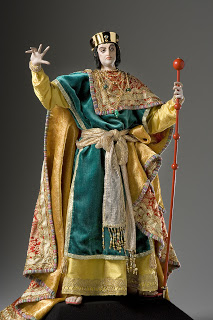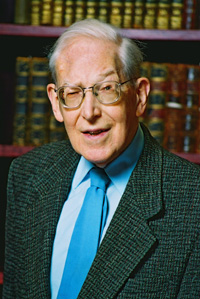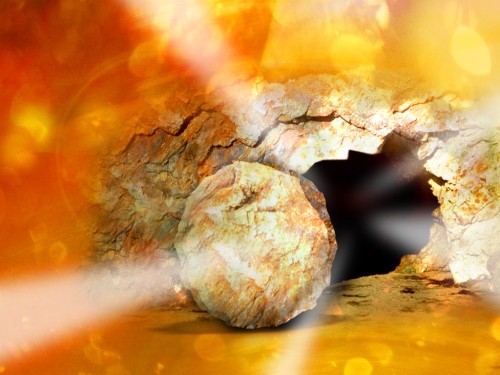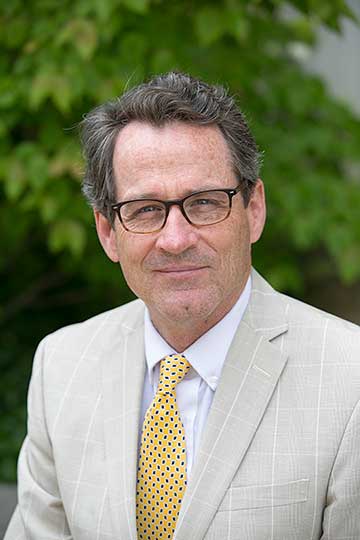There is a world that is passing away and, along with it, all the temporal pleasures and desires which make it something less than the world God intended. The love of the Father for the world he created endures forever, and that love will abide throughout the world to come. It is the love that already abides in “whoever does the will of God” (1 John 2:17), thus making real in this world that is passing away that world which will never pass away. John writes to those in whom the Father’s love abides in varying degrees (“little children,” “young men,” “fathers”) to encourage them to continue in that love, that they might indeed “abide forever.”
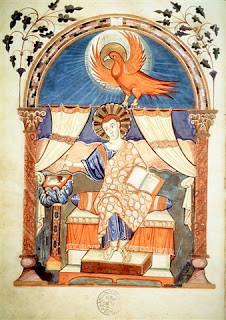
This is what Jesus was praying for when he prayed not only for John and the other apostles, “but also for those who will believe in me through their word, that they may all be one, just as you, Father, are in me, and I in you, that they also may be in us, so that the world may believe that you have sent me” (John 17:20-21).
The prayer of Jesus, still fresh in John’s mind when he wrote his epistle, surpasses any mere desire on our part, noble as it may seem, for some kind of organizational unity among believers across denominational or sectarian lines. The unity for which Jesus prays, the unity which manifests God’s glory to the world, is nothing less than incorporation into the divine community itself. “The glory that you have given me I have given to them,” Jesus prays to the Father, “that they may be one even as we are one, I in them and you in me, that they may become perfectly one, so that the world may know that you sent me and loved them even as you loved me” (John 17:22-23).
This is a unity that goes beyond any human-concocted scheme. It is the union established by the Father before the world began; a bond of eternal love between the Father and the Son, into which are incorporated all to whom the Son has made the Father’s name known, that is, all to whom the Son has imparted the divine nature through the gift of the Holy Spirit. Those to whom such a gift is given are the true chosen people of God in whom abides the same Spirit which revealed to Daniel the mystery of Nebuchadnezzar’s dream (Daniel 2:1-30).
By contrast, the one who walks apart from Christ is like the pitiful “wise men” of Babylon, groping about in the darkness, “not know[ing] where he is going, because the darkness has blinded his eyes” (1 John 2:11). As those “wise men” were under the sentence of death before the intervention of the truly wise and righteous Daniel, so are we all under the sentence of death before the intervention of God’s own Son, Jesus Christ. By his coming into the world, he has shown us the way of truth and, by his example of self-giving and self-sacrifice, demonstrated that truth cannot exist apart from love. To his apostles, he imparted the very word which is truth, that is, the same Word of God which he himself made incarnate. He “kept them in [the Father’s] name” and “guarded them” so that “not one of them has been lost except the son of destruction, that the Scripture might be fulfilled” (John 17:12).
Pilate will later cynically ask, “What is truth?” (John 18:38). Jesus has the answer. “Your word,” that is, the Word of God the Father, “is truth” (John 17:17). It is the Word that Jesus himself has made incarnate. Thus, he not only gives the answer, he is the answer. Jesus himself, the very Word made flesh, is the embodiment of the truth, the full revelation of the will and purpose of God from the foundation of the world. To be “sanctified in the truth” is to be sanctified in Christ, made holy as the Father is holy through the truth abiding in us through the Holy Spirit, the “Spirit of truth” (John 14:17), whom God has sent to lead us in the way of righteousness.
To abide in Christ, the Word made flesh, the truth incarnate, is “to walk in the same way in which he walked” (1 John 2:6). It is an often difficult road of selfless, unconditional, sacrificial love. “Whoever says he is in the light and hates his brother is still in the darkness,” John writes. “Whoever loves his brother abides in the light, and in him there is no cause for stumbling” (1 John 2:9-10) because the light in which he abides is Christ himself.
Truth and love cannot abide apart from one another. Only in Christ are the two made one; and only in Christ may we be sanctified in the truth to shine forth the glorious light of his love.
